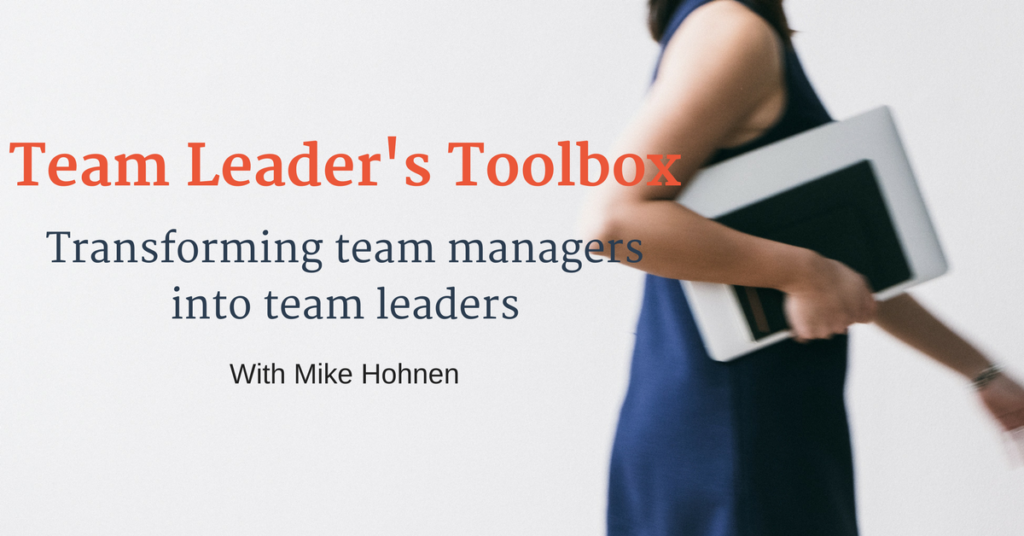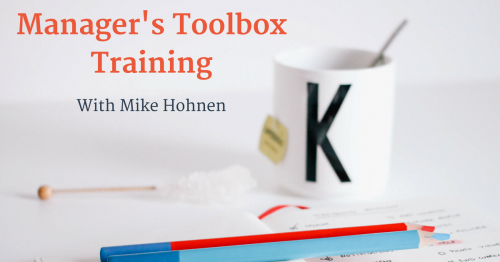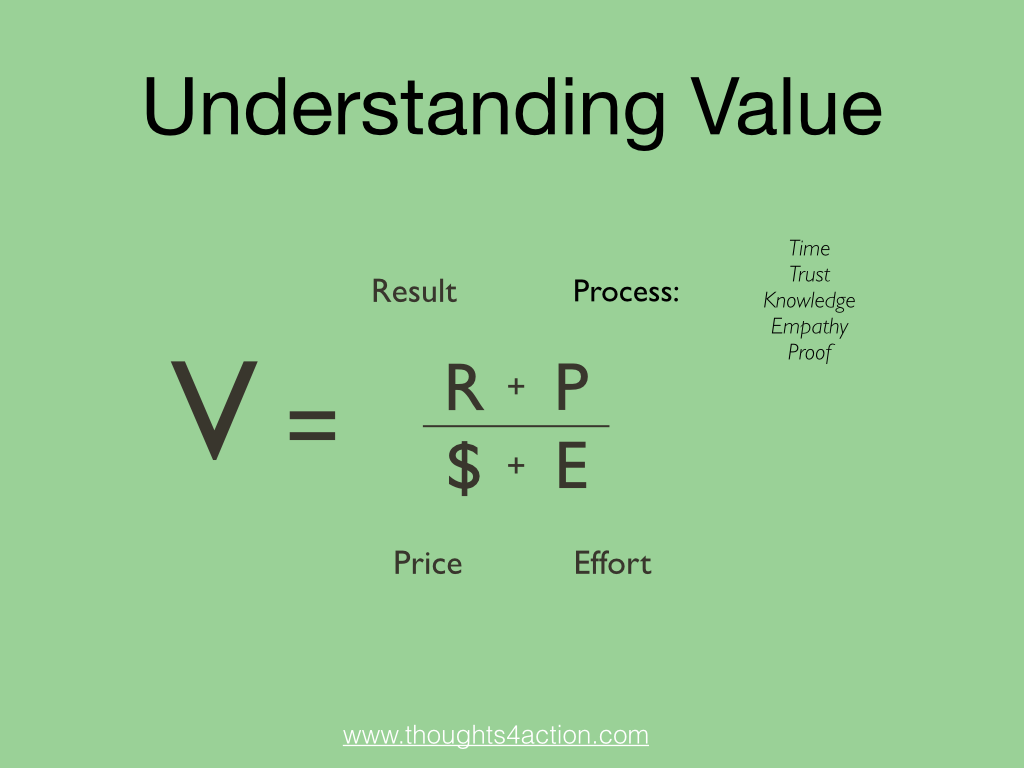
Managing people has changed considerably over time. Basically we are moving from hard to soft .
Professor Joseph S. Nye, Jr. at Havard Kennedy School was one of the first to talk about soft power and leadership.
To distinguish soft power from hard power in leadership, he compared the two as follows:
| Type of Power | Behaviors | Sources | Examples |
| Soft | Attract and co-opt | – Inherent qualities- Communications | – Charisma- Persuasion
– Leading by examples |
| Hard | Threaten and induce | – Threats, intimidation- Payment, rewards | – Hire, fire, demote- Promotions, compensations |
Looking at the Service Profit Chain, we know there is a connection between employee engagement and customer loyalty, and thus revenue. What do you think motivates you to work? Where does engagement come from? Is it the pay and other material benefits? Or is it because you love your job, your workplace, or you team?
Motivation comes in two basic forms: intrinsic and extrinsic. While extrinsic motivation is all about external rewards, intrinsic motivation refers to the joy and the fulfillment you have from doing something.
“Intrinsic motivation occurs when we act without any obvious external rewards. We simply enjoy an activity or see it as an opportunity to explore, learn, and actualize our potentials.”
(Coon & Mitterer, 2010)
Numerous researches have shown that intrinsic motivation plays an important part in employee engagement. Whether or not your intrinsic needs are met depends a lot on the leadership style of your line supervisor.
Let’s think about yourself in these two scenarios:
- Your job pays well but you just hate your bossy manager who is always commanding and threatening to fire anyone who disagrees with him. You are always so stressed and you count down every second till the day ends.
- Your boss is thoughtful and understanding and he just inspires you. And you believe in what you are doing even it pays a bit less and you feel you have a sense of belonging in your workplace and your team.
In which case do you think you will choose to commit? I think the answer is obvious.
Leading with soft power, managers will be able to not just to inspire and motivate their team members, but also to influence their behaviours and boost team performance.
On this blog, we have often discussed the need to shift our mindset from transactional to transformational. At the basic level, this is a shift from hard to soft power.
“A leader is best when people barely know he exists, not so good when people obey and acclaim him; worst when they despise him.” Lao-Tsu
To learn more about employee engagement and transformational leadership, you can download Mike’s ebook Understanding Engagement. The ebook provides a very different approach to and perspective on leadership that I think you will need to rethink about how you are leading and managing your team.
Enter your email below and download the ebook now!








